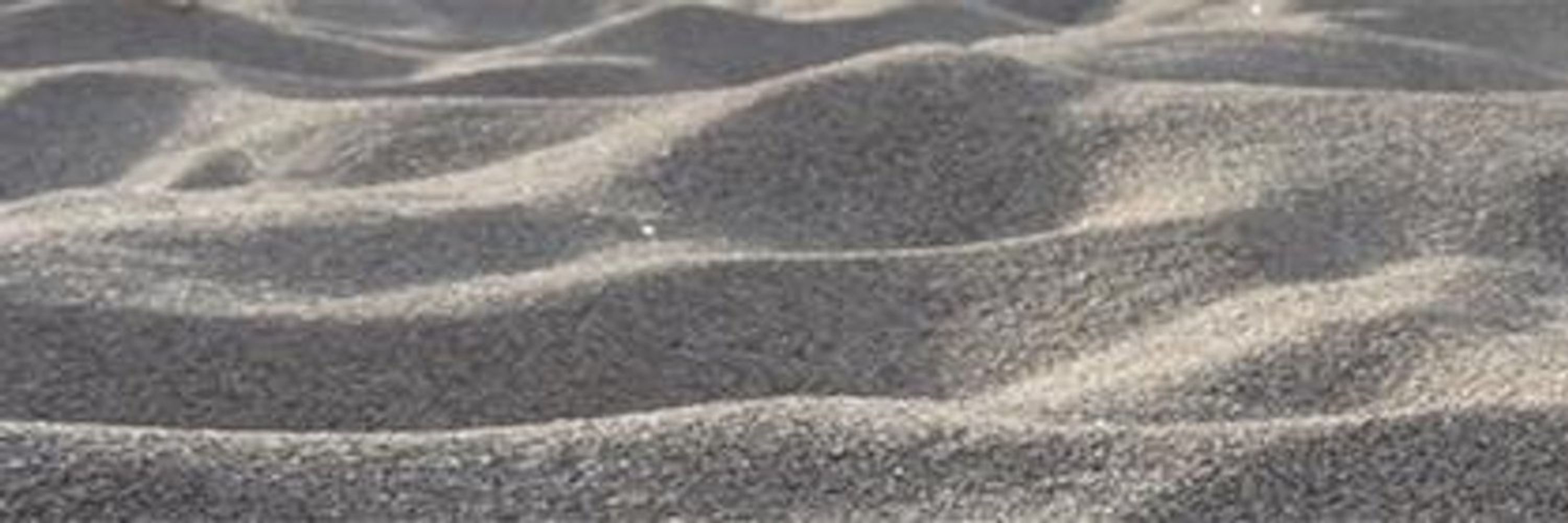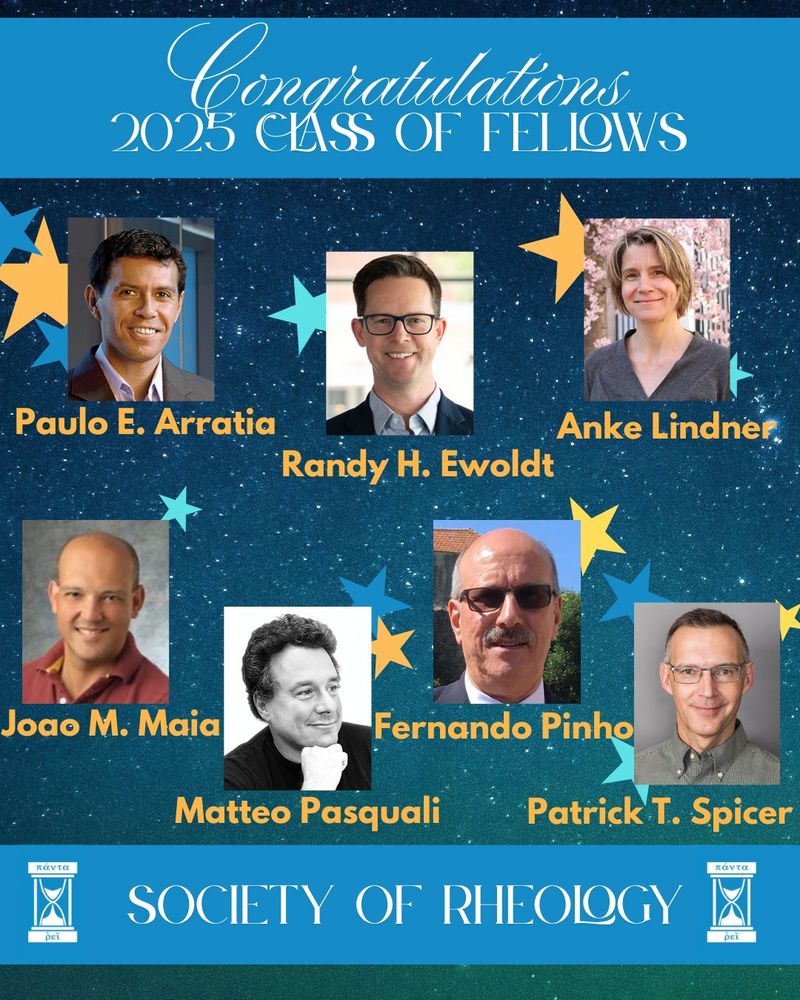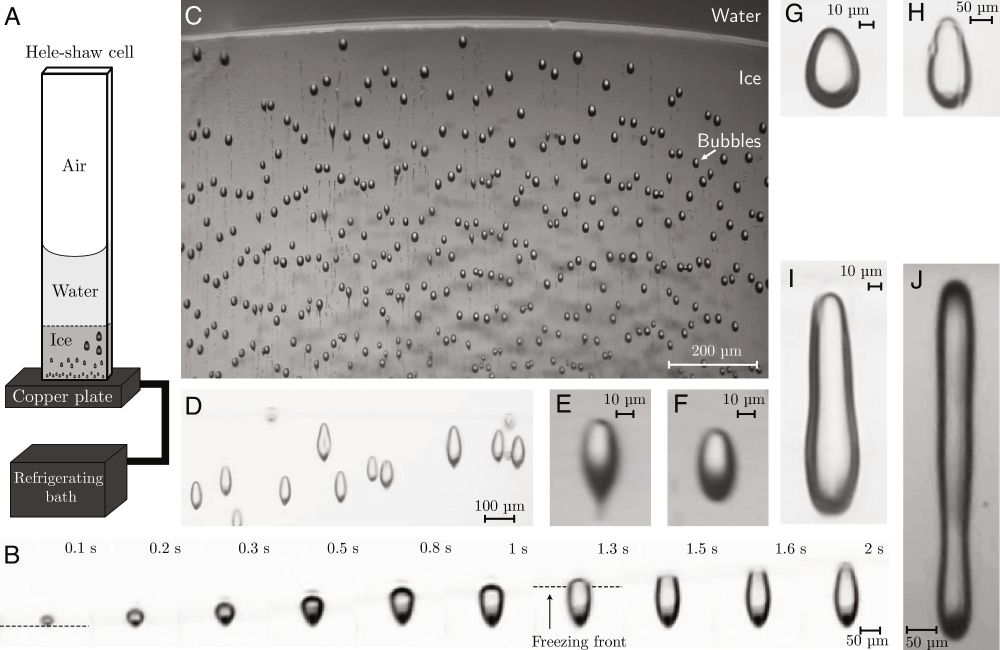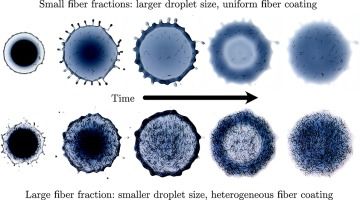Alban Sauret
@albansauret.bsky.social
390 followers
360 following
62 posts
Associate Professor at UMD College Park, Department of Mechanical Engineering - playing with fluids, grains, powders and droplets
Posts
Media
Videos
Starter Packs
Reposted by Alban Sauret
Reposted by Alban Sauret
Alban Sauret
@albansauret.bsky.social
· May 12
Alban Sauret
@albansauret.bsky.social
· Apr 9
Alban Sauret
@albansauret.bsky.social
· Apr 9
Alban Sauret
@albansauret.bsky.social
· Apr 9
Alban Sauret
@albansauret.bsky.social
· Apr 9
Reposted by Alban Sauret
Alban Sauret
@albansauret.bsky.social
· Apr 4



















